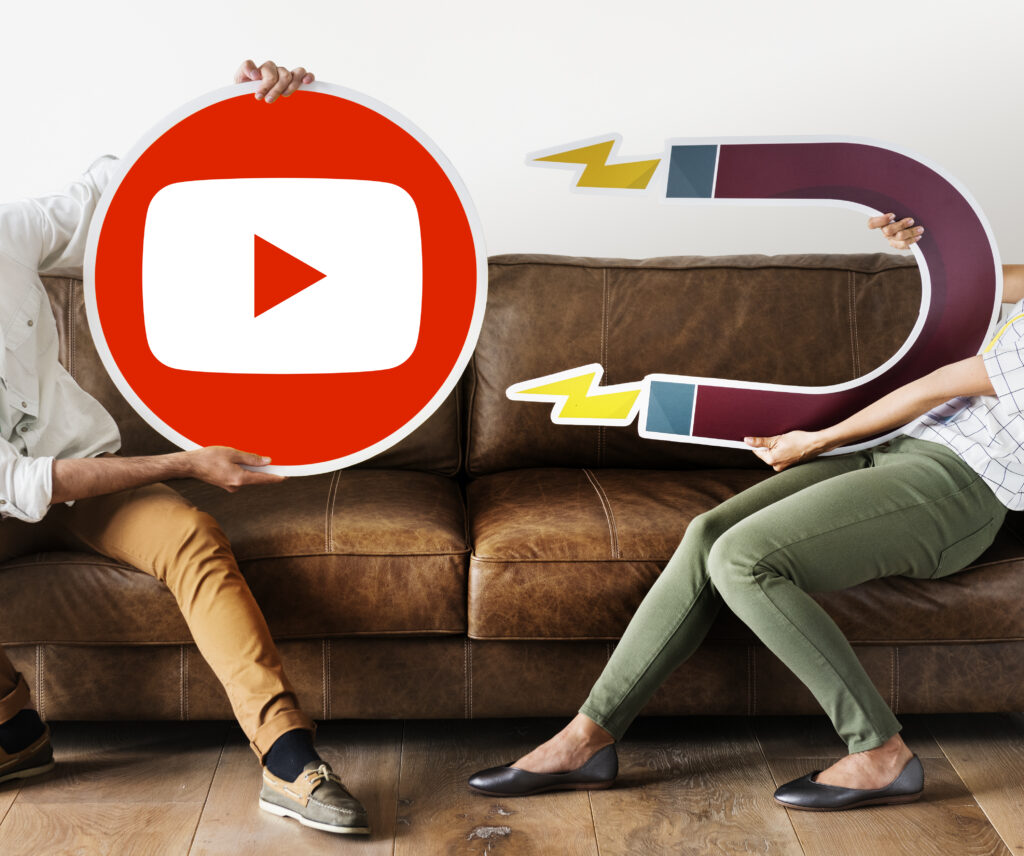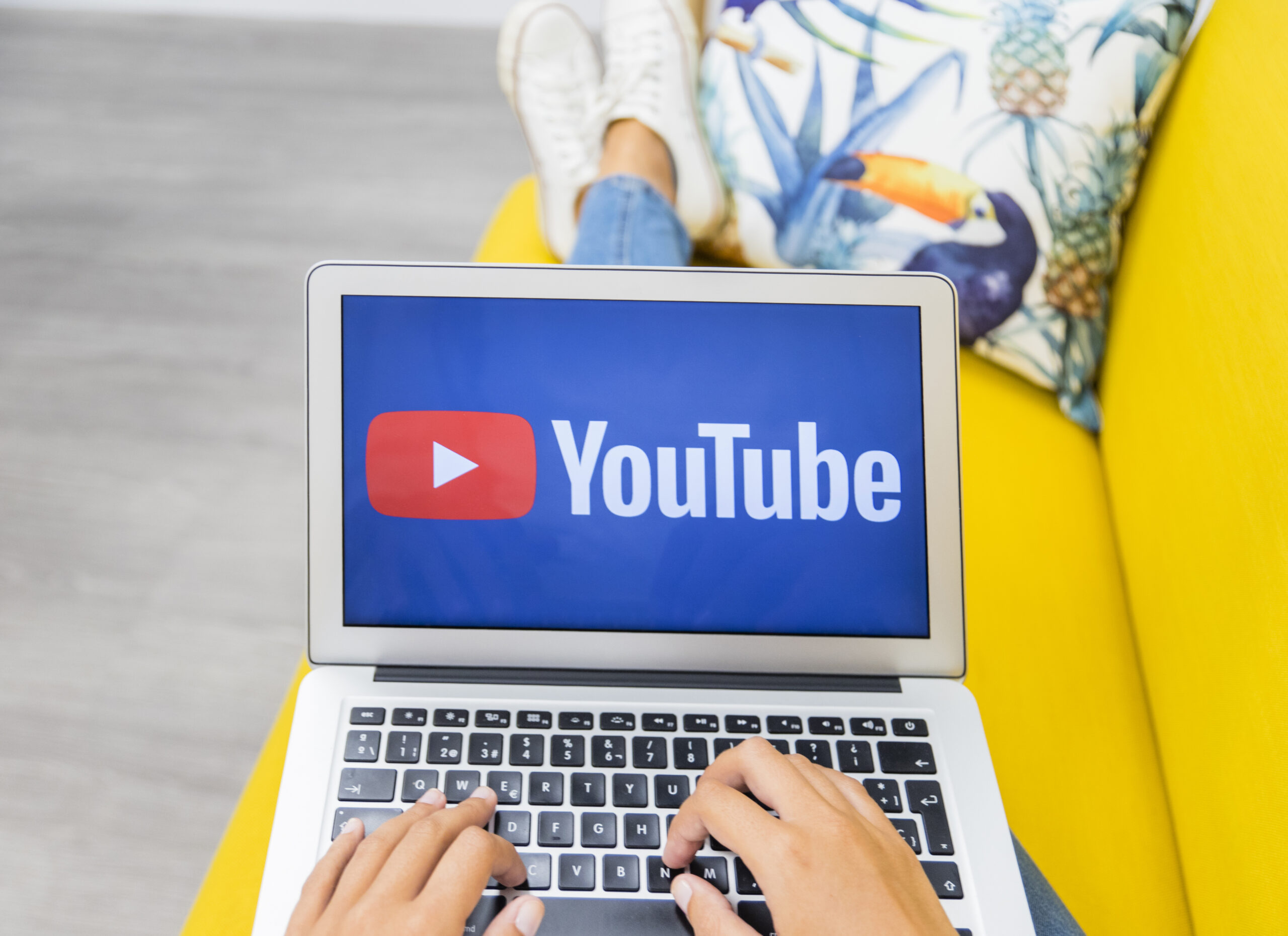In 2025, YouTube remains a dominant platform for content creators, offering vast opportunities to share knowledge, entertain, and build communities.
Whether you’re aiming to educate, inspire, or entertain, starting a YouTube channel can be a rewarding endeavor. This guide will walk you through the essential steps to launch your channel successfully.
1. Define Your Purpose and Niche
Before diving in, clarify why you want to start a YouTube channel. Are you passionate about teaching, storytelling, or showcasing your skills? Identifying your purpose will guide your content strategy.
Next, choose a niche that aligns with your interests and expertise. Popular niches in 2025 include:
- Educational content
- Lifestyle and vlogging
- Gaming
- Tech reviews
- Health and wellness
Selecting a specific niche helps attract a targeted audience and establishes your authority in that area.
2. Set Up Your YouTube Channel
Creating your channel is straightforward:Influencer Marketing Hub
- Sign in to YouTube with your Google account.
- Click on your profile picture and select “Create a Channel.
- Choose a channel name that reflects your content.
- Upload a profile picture (800×800 px) and a banner image (2048×1152 px).
- Verify your phone number to unlock features like custom thumbnails and longer video uploads.
3. Customize Your Channel
Personalize your channel to make a strong first impression:
- Channel Description: Write a compelling summary of what viewers can expect.
- Links: Add links to your website and social media profiles.
- Channel Trailer: Create a short video introducing yourself and your content.
A well-organized channel page enhances credibility and encourages subscriptions.

4. Plan Your Content Strategy
Consistency is key to growing your audience. Develop a content calendar outlining:
- Video Topics: Brainstorm ideas relevant to your niche.
- Upload Schedule: Decide how often you’ll post (e.g., weekly, bi-weekly).
- Content Formats: Mix tutorials, Q&A sessions, and behind-the-scenes footage to keep content fresh.
Engaging content that provides value will retain viewers and attract new subscribers.
5. Gather Essential Equipment
Starting doesn’t require expensive gear. Begin with:Backlinko
- Camera: A smartphone with a good camera suffices.
- Microphone: External microphones improve audio quality.
- Lighting: Natural light or affordable ring lights enhance video clarity.
- Editing Software: Free tools like DaVinci Resolve or iMovie are beginner-friendly.
As your channel grows, consider investing in higher-quality equipment.
6. Create and Upload Your First Video
Your first video sets the tone for your channel:
- Plan: Outline your content to stay focused.
- Record: Ensure good lighting and clear audio.
- Edit: Trim unnecessary parts and add engaging visuals.
- Upload: Use a descriptive title, write a detailed description, and add relevant tags.
Remember to include a call-to-action, encouraging viewers to like, comment, and subscribe.
7. Optimize for Search (YouTube SEO)
Enhance your video’s visibility with these SEO practices:
- Keywords: Incorporate relevant keywords in titles and descriptions.
- Thumbnails: Design eye-catching images that reflect your content.
- Tags: Use tags that relate to your video’s topic.
- Playlists: Organize videos into playlists to increase watch time.
Optimized content is more likely to appear in search results and suggested videos.
8. Promote Your Channel
Expand your reach by:
- Sharing: Post videos on social media platforms.
- Engaging: Respond to comments to build a community.
- Collaborating: Partner with other creators to tap into new audiences.
- Cross-Promotion: Feature your channel on your website or blog.
Active promotion increases visibility and attracts subscribers.
9. Monitor Performance and Iterate
Use YouTube Analytics to track:
- Watch Time: Measure how long viewers watch your videos.
- Audience Retention: Identify where viewers drop off.
- Traffic Sources: Understand how viewers find your content.
9. Monitor Performance and Iterate
Use YouTube Analytics to understand how your content is performing. Key metrics to focus on include:
- Watch Time: How long viewers stay on your videos — a strong indicator of content quality.
- Audience Retention: Shows when viewers drop off. Use this to spot boring segments or improve pacing.
- Click-Through Rate (CTR): How many people are clicking your thumbnail/title when it appears.
- Traffic Sources: Helps you understand where your viewers are coming from — YouTube search, suggested videos, external sources, etc.
Leverage this data to refine your content approach, improve engagement, and increase visibility.
Pro Tip:
Don’t fear experimentation. Test different video styles, posting times, or thumbnails. Track results and double down on what works best.
10. Common Mistakes to Avoid When Starting a YouTube Channel
Even the most enthusiastic beginners can stumble early on. Here are common pitfalls to watch out for:
- Inconsistency – Uploading sporadically or disappearing for months makes it hard to build momentum and viewer trust.
- Trying to Be Perfect – Waiting for the “perfect” gear or video idea can delay progress. Start now and improve as you go.
- Ignoring Thumbnails and Titles – These elements determine if someone clicks. Bland or misleading titles hurt growth.
- Neglecting Audience Engagement – Not replying to comments or ignoring viewer feedback can weaken your connection with subscribers.
- Focusing Too Much on Metrics – Analytics matter, but obsessing over views early on can kill motivation. Focus on content quality first.
Avoiding these mistakes will help you stay consistent and focused as you grow your channel.
11. How to Monetize Your YouTube Channel
Once your channel gains traction, you can begin to earn income through several methods:
1. YouTube Partner Program (YPP)
- Requires 1,000 subscribers and 4,000 watch hours in the past 12 months.
- Allows you to earn from ads shown on your videos.
2. Affiliate Marketing
- Promote products in your niche using affiliate links.
- Earn commissions when viewers purchase through your links.
3. Sponsorships and Brand Deals
- As your audience grows, brands may offer paid opportunities for shout-outs or reviews.
4. Channel Memberships & Super Chats
- Monetize fan loyalty by offering exclusive perks for monthly fees (once eligible).
5. Sell Digital Products or Merch
- Use your platform to promote your own products, courses, or branded merchandise.
You don’t have to wait for monetization eligibility — start building value and trust now so your audience is ready to support you later.
12. Frequently Asked Questions (FAQs)
Q1: How much does it cost to start a YouTube channel?
Starting a channel is free. You can begin with just a smartphone and free editing tools.
Q2: Do I need to show my face?
Not necessarily. Many successful channels use voiceovers, animations, or screen recordings.
Q3: How often should I post?
Quality beats quantity. Start with 1 video per week and stay consistent.
Q4: How long should YouTube videos be?
Aim for 6–10 minutes to start. Focus on delivering value—length matters less than engagement.
Q5: Can I use music in my videos?
Only if it’s royalty-free or licensed. YouTube’s Audio Library is a great place to find safe tracks.
👀 Explore Related Guides
- How to Become a Gaming Streamer in 2025
- Podcasting for Beginners: Step-by-Step Guide 2025
- How to Become a Voiceover Artist in 2025
💡 Want to Explore More Beginner Business Ideas? Check out our full list: 30 Best Online Businesses to Start in Your 20s
Conclusion
Starting a YouTube channel in 2025 is more accessible than ever — all it takes is a clear vision, consistency, and a willingness to learn.
By defining your niche, setting up your channel professionally, creating high-quality content, and optimizing for search, you’re setting yourself up for long-term success.
Remember: no one starts perfect. Your first videos may be rough, but the key is to keep improving and showing up.
Take the leap — your audience is waiting. Start your YouTube journey today.


